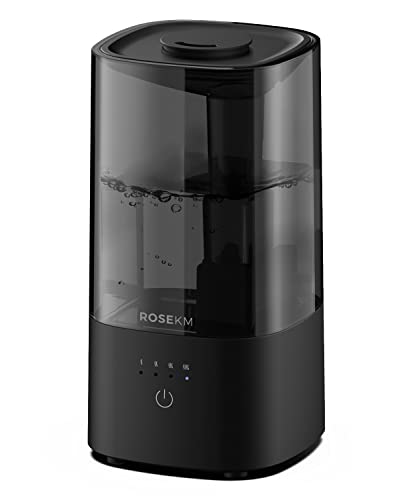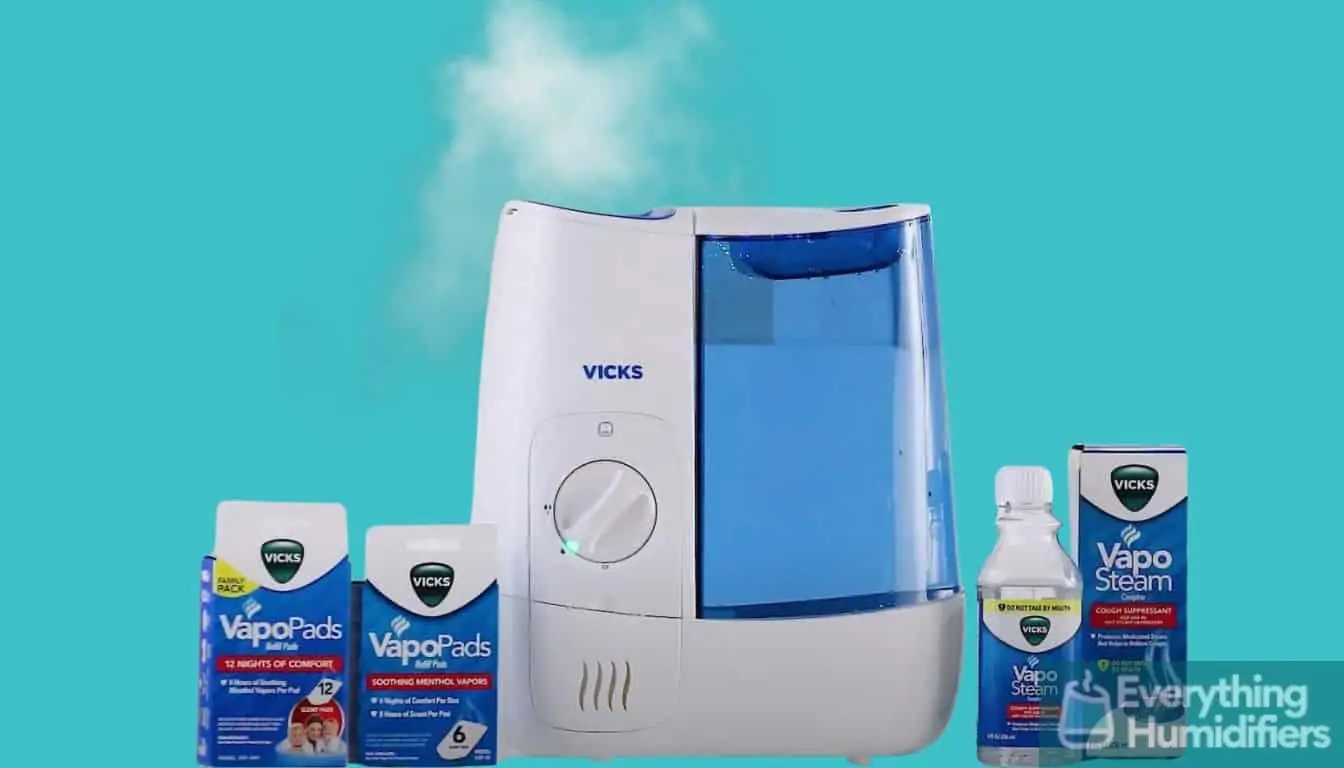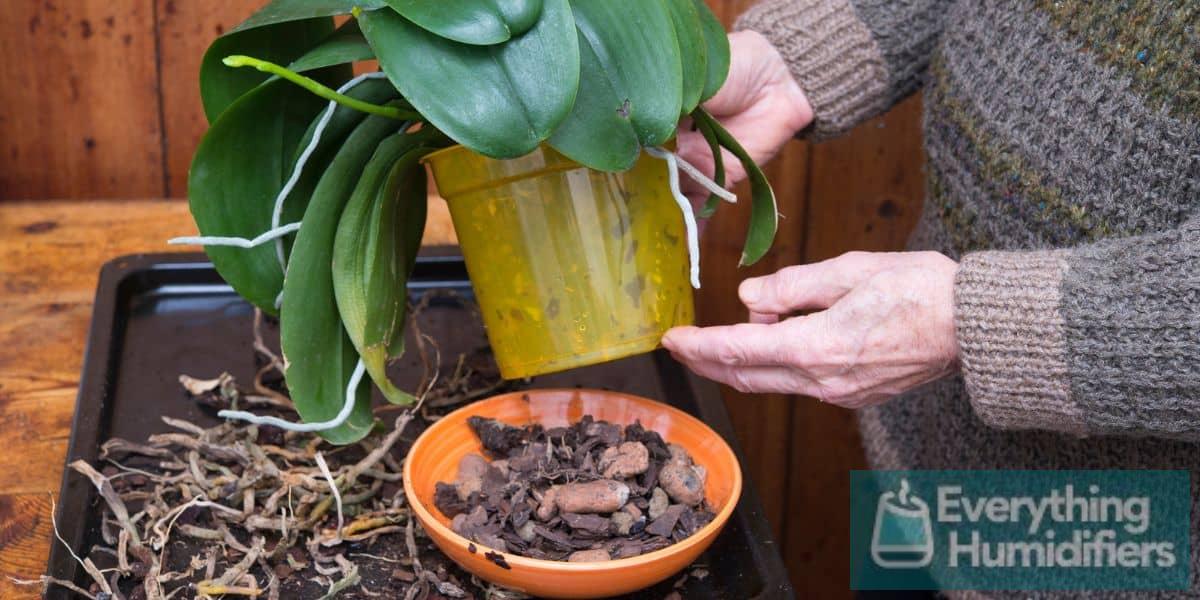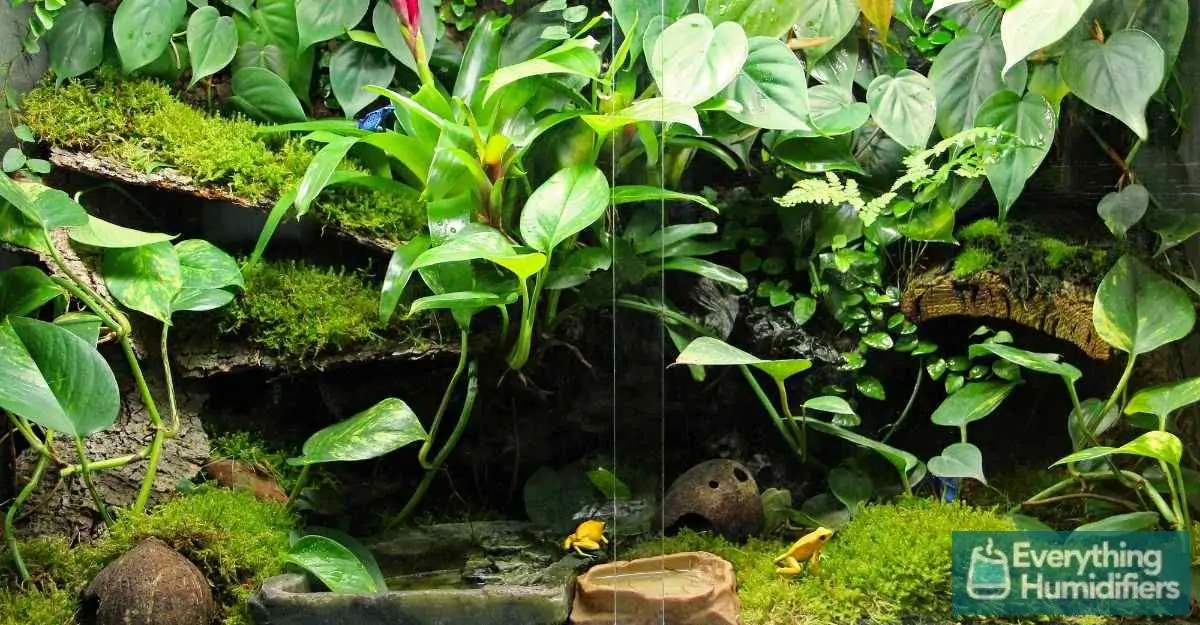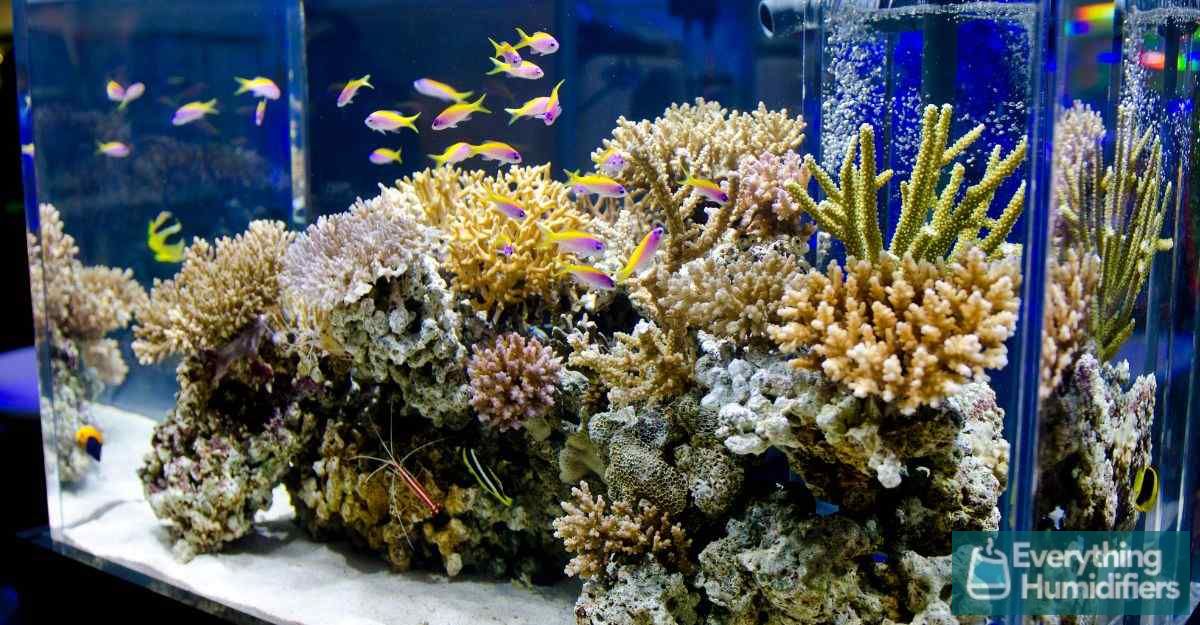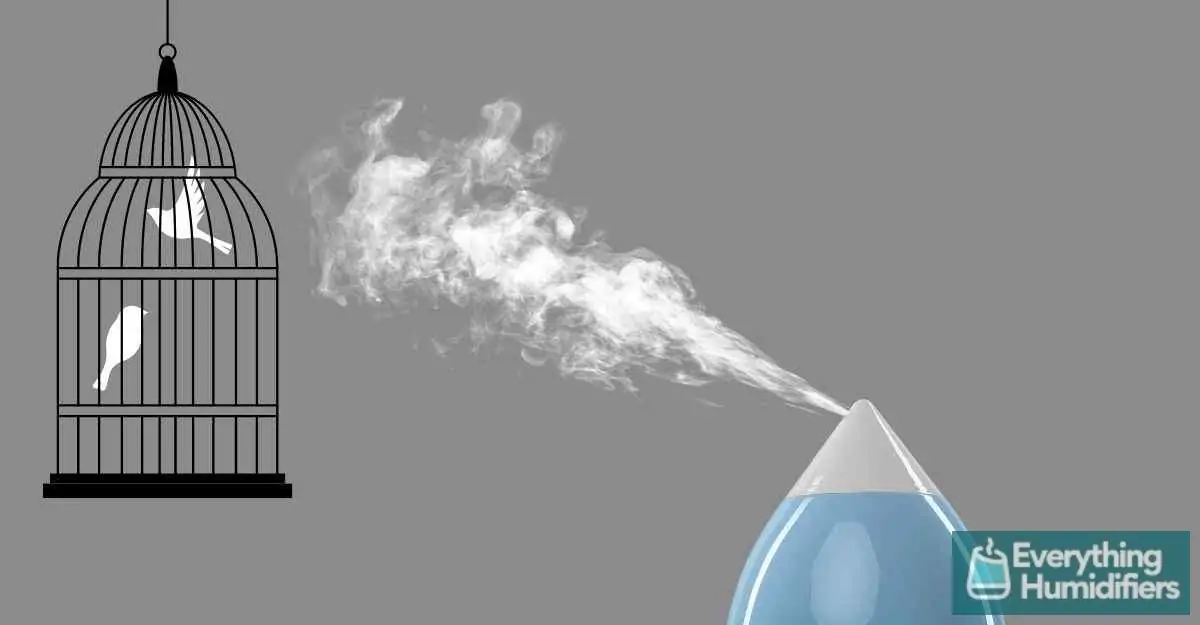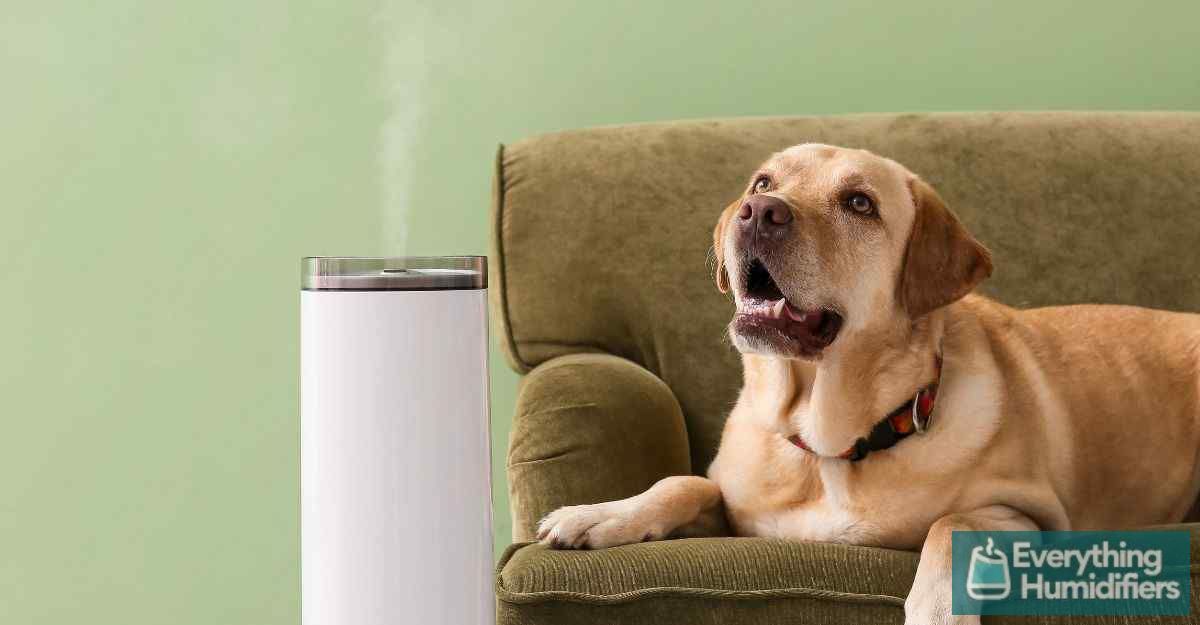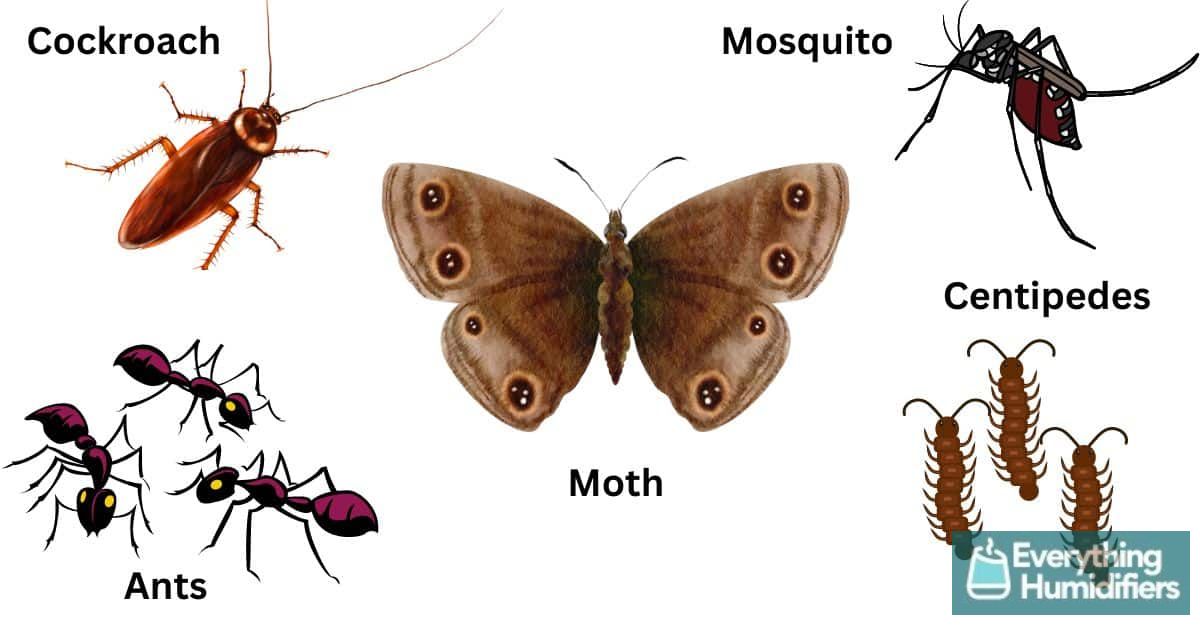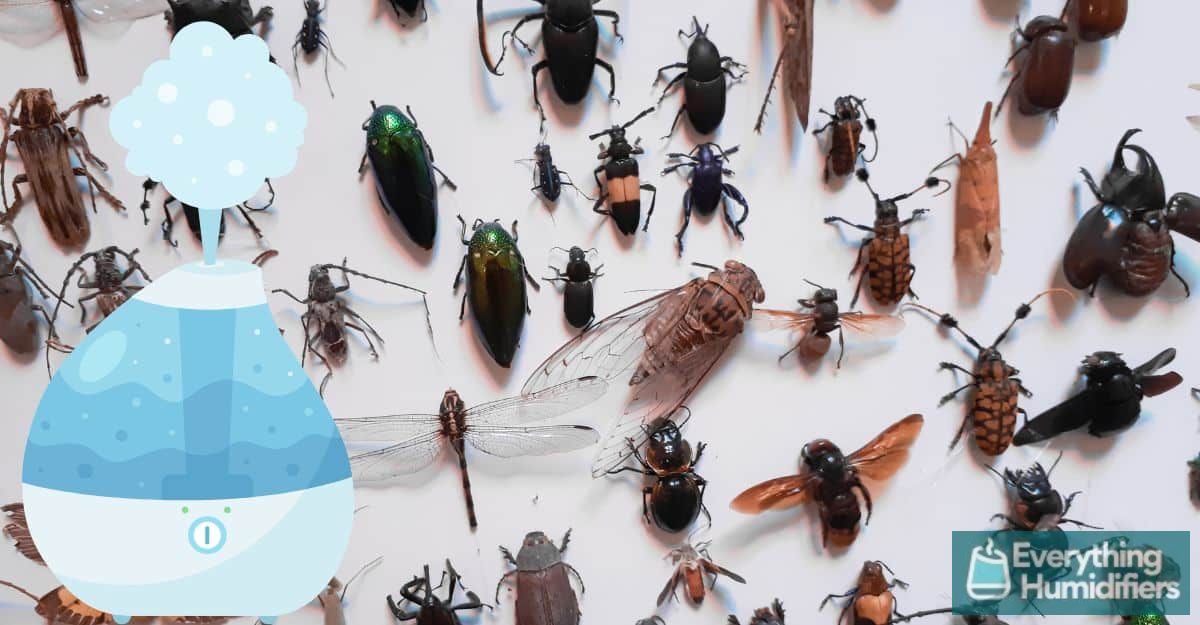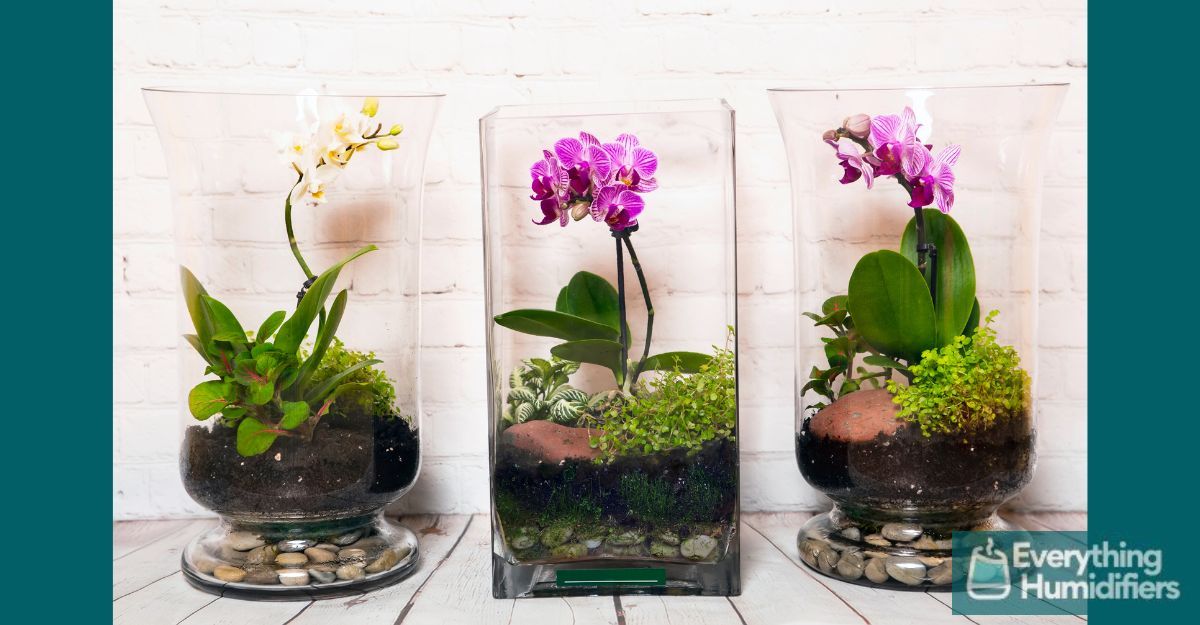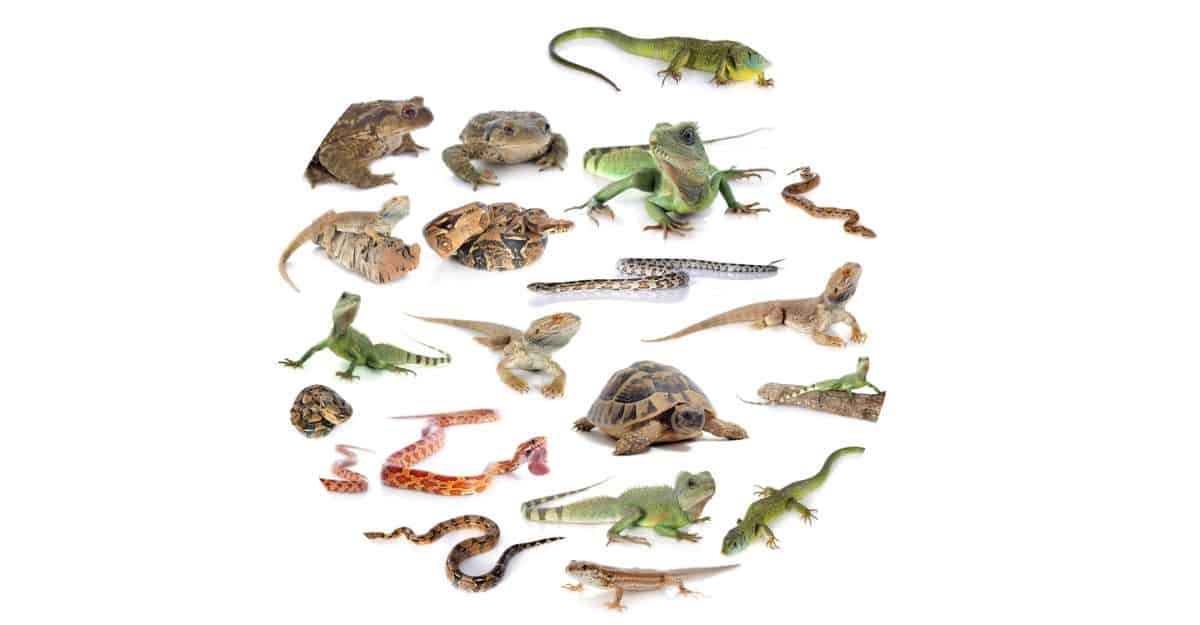Our Humidifier Buyers Guide will help you to make an informed buying decision.

Although a humidifier seems like a straightforward appliance, there are a few things to consider before choosing the right one for your home, plants, or workspace.
Since this guide is comprehensive there is a PDF version if you prefer.
Below we take a closer but as a starting point, consider the following:
- Take the time to read the manufacturer’s manual prior to your purchase if you can.
- Check the humidity level in your home with a hygrometer to ensure you remain within the indoor humidity comfort zone of 40 to 60% explained in our article Humidity Friend or Foe.
- Be mindful of humidifier safety around pets and children.
- Daily water change is best for smaller appliances.
- Clean regularly.
- Change/clean filters as recommended.
- Use distilled or purified water as a preference.
The Humidifier Buying Guide should give you enough information to make your selection or confirm what you already had in mind.
If you require more detail, please keep reading….
Table of Contents
1 Type of Humidifier
Humidifiers use different technology to dispense moisture into the air, below are the most common ones.
Evaporative
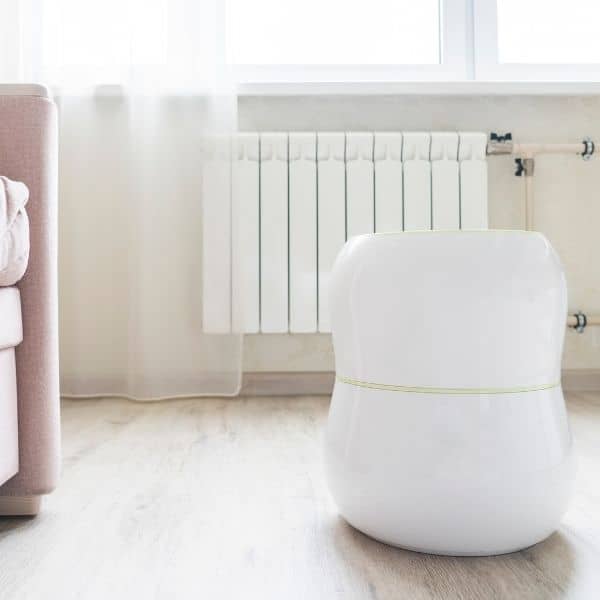
Evaporative humidifiers have been around for a long time.
They are very effective in whole homes, condos, and large rooms because of their efficiency in humidifying large spaces.
These machines create vapor using a fan that draws water over a wicking filter.
The fan is a moving device and may create some noise. The noise level depends on the mist setting you use and would be the loudest on the highest mist setting.
Wicking filters need to be changed regularly.
Some filters are disposable, while others can be cleaned and reused several times.
The life of your filter/s largely depends on the mineral quality of water you use in the humidifier.
When the filters are not clean, bacteria and mold will build up.
On the plus side, wicking filters remove pollutants and minerals from the water before it is dispensed into the air, preventing white dust.
A large volume of mist is not a feature of this appliance.
You do not need to worry about over-humidifying as the air only absorbs the moisture it can hold.
The evaporation rate will slow down as the humidity increases in the space.
If you try to dry wet clothing – water evaporates from the wet clothes to make them dry.
A humid environment already has a lot of water in it – the wet clothing will not dry very quickly since there is no space for the moisture to go.
The same wet clothing in a DRY heated place will dry a lot quicker.
Manufacturers recommend leaving your evaporative humidifier for at least a week at your desired setting to stabilize the humidity in your room. If the air has been dry for some time, furniture, floorings, curtains, and other items will absorb moisture. You will then be able to regulate the humidity more accurately.
Ultrasonic
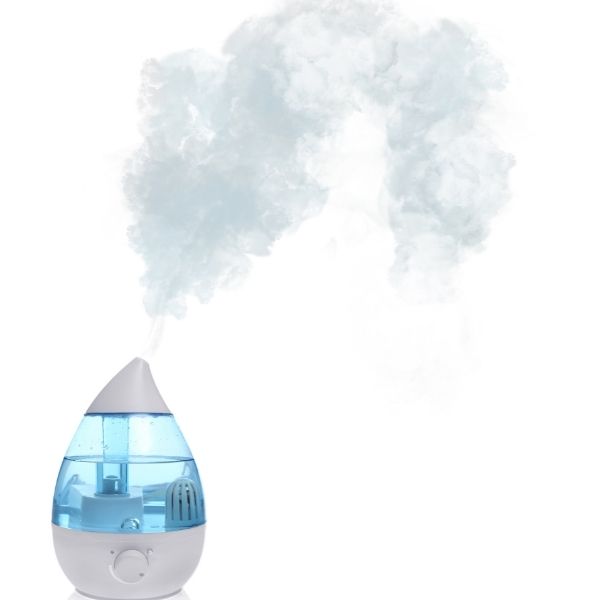
Currently the popular choice because of the volume of mist dispensed and their near-silent operation. Many people enjoy seeing the plume of mist rising into the air.
Predominately for small to large bedrooms.
These are appliances that use ultrasonic, rapid vibrations to vaporize water.
You can get warm or cool mist ultrasonic humidifiers and some warm and cool mist combos.
Cool mist devices do not heat the water, making them very child-friendly.
Many ultrasonic humidifiers are filter-free, which can help reduce running costs.
Because the water does not pass through a filter, ultrasonic technology will vaporize minerals and other deposits found in hard water.
These microscopic mineral particles can be inhaled in mist form and then dry as white dust that settles on surfaces.
While these deposits and dust are not a problem for most people, using distilled water should lessen the effects.
Without monitoring, it is possible for an ultrasonic humidifier to over-humidify your space because the vibrations force water into the air regardless of the current humidity. The humidity level is too high when you see signs of condensation or mold.
Warm Mist
Warm Mist humidifiers have a heating element that boils water, releasing a plume of warm steam.
Filling your room with warm mist is a great way to relieve common symptoms of colds, flu, congestion, sore throats, dry skin, and cracked lips.
These devices are very convenient because they are filter-free.
The steam is visible, but be cautious if you have children or pets.
Be aware that there may be slightly higher electricity use because the water is heated.
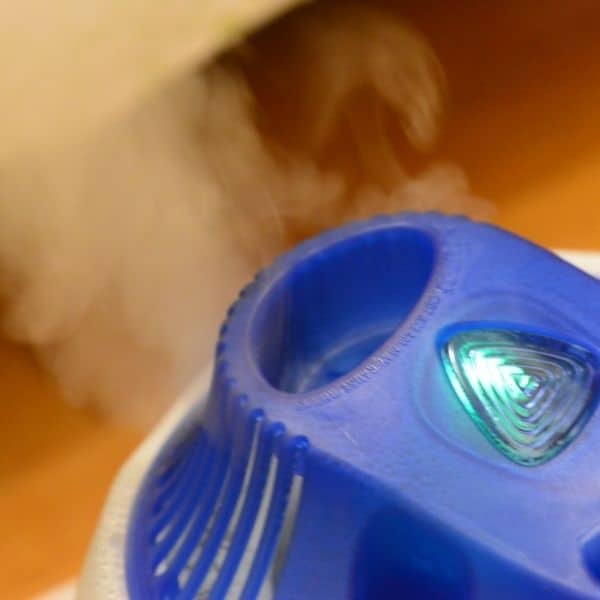
Vaporizer
Vaporizers use electrodes that boil the water to release steam into the air.
They are easy to operate and do not need a filter.
Like Warm Mist humidifiers, the mist stream can get hot, so be mindful if you have children or pets.
People use vaporizer humidifiers to help relieve symptoms of flu and common colds.
2 What Temperature is Best?
- Humidifiers offer a choice of warm steam or cool mist.
- The temperature refers to the temperature of the mist created by the humidifier.
- Warm Steam and Cool Mist humidifiers both help reduce dry air.
- Your choice is more of a personal preference rather than one being more effective than the other.
Warm Mist Humidifiers
Some people prefer to use warm mist in the winter.
PRO- Almost bacteria-free mist.
CON – heating with an element can be dangerous and cause a steam burn.
Note – Although the mist is warm, the temperature of the room may not change a great deal. Your warm mist humidifier will not turn your room into a sauna.
Cool Mist Humidifiers
Cool mist is used a lot in the summer.
PRO – Cool Mist devices are great for children, recommended by the American Academy of Pediatrics.
CON – Needs a filter to get the air to be almost bacteria-free.
Combination of warm and cool mist
There seems to be some debate regarding the effectiveness of these combination appliances. Since there are two functions, expect to pay more for the convenience.
3 Room Size
- Choose a humidifier that can humidity the whole area of your room or home.
- The maximum area recommendation is usually in the manufacturer’s manual or website.
- A humidifier with a coverage area slightly bigger than your space can be a great idea if it has a humidistat or dial to regulate the mist output settings. If you take an average of your room sizes, you could always move the humidifier to another room and know it will cope.
Buying a humidifier that is too small will be a waste of your hard-earned money, as it will not be able to perform adequately.
Too large, and there could be a risk of over-humidifying your area.
If you’re unsure of the size of your room, now would be the time to measure it.
Formula to work out room size – Area square feet (square footage)
Length (in feet) x width (in feet)
e.g. 12 foot x 12 foot room = 144 square feet total
If you wish to have doors open and humidify more than one room, calculate the area of the entire space.
Note – if you have multiple levels in your home, it would be more beneficial to have one humidifier upstairs and one downstairs.
You can expect most of the benefits in the room where the humidifier is situated.
Note 2 – based on standard ceiling heights between 7 to 9 ft (2.2 to 3 m)
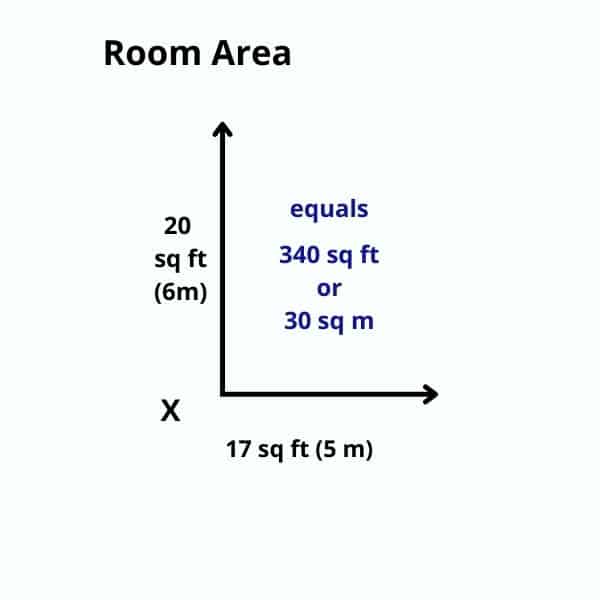
Humidifier Sizes
We have categorized per the below humidifier size guide since room sizes can vary.
Portable up to 25 sq ft
Small room 26 to 300 sq ft
Medium room 301 to 500 sq ft
Large room 501 to 1000 sq ft
Whole-Home over 1000 sq ft
Up to 25 sq ft
These devices are usually small, lightweight, and portable.
Some models are USB-charged for use in the car or office desk.
Many smaller humidifiers are portable enough to pack up and take with you on a trip. Hotels, caravans or RVs.
26 to 300 sq ft
Considered a smaller room.
These devices can stand on a bedside table or a shelf. They are ideal for small baby/child rooms and small work or home offices.
301 to 500 sq ft
Medium-size rooms can be bedrooms, living areas, dining areas, or entertainment areas.
Your device will need to be larger and have a longer running time.
501 to 1000 sq ft
Large rooms require humidifiers with larger water tanks and long running times.
Over 1000 sq ft
If you want to humidify an area of over 1000 sq ft, you will need a whole-home humidifier.
Stand-alone console humidifiers stand on the floor.
Another option is to have a humidifier connected to your HVAC or ventilation systems.
Large whole-home humidifiers can cope with areas up to 6000 sq ft or more.
Home or business areas above 3,000 sq ft?
HVAC specialists can visit your home and provide personalized recommendations.
Some companies, for example, Condair and Nortek can custom design humidifiers to your specifications.
United States Census Bureau – Highlights of Annual 2021 Characteristics of New Housing.
- The median size of a completed single-family house was 2,273 square feet.
- The median size of multifamily units built for rent was 1,032 square feet, while the median of those built for sale was 1,261 square feet.
- The median size of a new single-family home sold in 2021 was 2,356 square feet.
4 What Do You Want a Humidifier for?
Knowing what you want to use a humidifier for helps you choose the correct model.
Uses for a home humidifier
- Portable humidifiers can be moved from room to room as needed.
- Dry air can aggravate common ailments like colds, dry skin, and sore throats.
- Provide relief from allergies, hay fever, and respiratory problems.
- Common cold symptoms
- A humidifier in the bedroom or nursery of your child can help improve their sleep.
- Your pets have dry skin or sinus. We suggest you confirm with your veterinarian first.
- Long commutes in a car can become uncomfortable. A small portable humidifier will make the journey more pleasant.
- You can control the humidity in your guitar room or musical instrument storage area.
- Do you have a humidor?
Whole-home humidifier uses:
Increase moisture in the air of homes located in dry climates.
Help with the effects of central heating or wood-burning fireplaces regularly.
In summer cooling indoor heating systems, a humidifier will help reduce the dryness in the air.
A humidifier can also increase the life of your furniture, as dry air causes wooden furniture and wooden floors to crack.
Central humidifiers are integrated into your heating and cooling HVAC system and circulate humidity throughout the house, keeping your environment constant.
If you are building a house, it is worth considering this option at the onset to ensure whole-house integration. Consult with an HVAC expert to discuss your requirements and obtain quotes first.
For an existing home, consider consulting an HVAC expert.
If you need to work around a system already in place, expert advice will help you decide if it is worth adding to your current setup or if a standalone humidifier may be a better choice for your home.
To protect your warranty, check with the manufacturer or read the terms and conditions.
Unless you are a licensed humidifier installer, DIY projects could void your warranty.
If in doubt, check it out before going ahead.
Plants
If you see any of the following signs with your plants, they may need more humidity.
- Brown edges on leaves
- Wilting and drooping
- Yellow leaves when they should be green
- Leaves are dry, not supple
- Curling leaves
- New leaves that are deformed
- Flowers, leaves, or buds falling off
- Water dries out quickly in the soil
Plants will flourish in the optimum humidity we require indoors (between 30 and 50%). If you have exotic plants, you may wish to consider a grow room or cupboard where you can give them the higher humidity they like.
Avoid misting plants with hairy leaves since the hairs will hold the moisture longer than smooth-leaved varieties, causing mold to grow if they do not dry out quickly enough.
Some people only run humidifiers for plants at intervals to ensure they do not become too reliant on the humidity. As a plant parent, work out what works best for the plant, mindful of what care they will expect when you go on vacation.
Business
Consider the area size and what type of humidity level you need.
You could opt for a portable humidifier, a whole-home humidifier, or a custom humidification system for industrial purposes.
Industrial applications utilize evaporative technology with cool mist for staff, inventory, safety, and optimum performance.
5 Placement
A humidifier should be placed in a safe location that will not be in your way. It should be unreachable to children and pets. Remember that the area closest to the humidifier will get most of the increase in humidity.
Home
Bedroom
A side table or nightstand is ideal.
At least 3 feet away from your bed.
Don’t let the mist blow directly onto your bedding.
Living room
Place your device on a table, a sideboard, or an open shelf.
Children’s room or nursery
Ensure the humidifier is high up so it can’t be knocked over when they run around and play.
While humid air is great for babies, you don’t want your device blowing directly onto the cot or your baby.
Plants
Try to keep plants away from hot or cold temperatures. They will be happier away from the fireplace or cold areas around the windows.
While some plants like humidity, some do not, when you can, place similar varieties together and research the specifically recommended humidity for them.
As you introduce the humidifier you could place it 6 feet away from your plants and see how they respond then move them accordingly.
Plants that require more humidity would ideally be placed closer to your humidifier and others further away. Thinner-leaved plants require more moisture while thick-leaved plants like cacti require less.
For the most part, if you try to simulate their natural environment they will reward you. Humidifying in the morning or early afternoon gives time for the leaves to dry before the cooler evening to prevent mold and fungus from creeping in. Air circulation using a fan can also help to distribute mist concentration.
Business
Along with the suggestions below, businesses have added responsibilities.
Health and safety regulations for your specific industry would need to be adhered to to ensure the safety of your staff, patrons, and inventory.

Find the perfect spot for your humidifier
Surface
A humidifier must stand on a flat, dry, level surface. Ideally, it should be water-resistant. If it is not, you can cover your surface with a water-resistant cloth, mat, or other covering. Ensure that the covering does not slip, causing the device to slip with it.
Elevation
Humidifiers should be on elevated surfaces. Do not place them on floors, carpets, or rugs, unless they are large console models with wheels, specifically designed to stand on a floor. A side table, open shelf, nightstand, or mantle can be used for your humidifier. Ensure that the height is at least 2 feet off the floor. This elevation allows the mist to mix more easily with the air in the room.
Distance from walls
Mist from humidifiers should not be allowed to blow directly onto walls or curtains. The damp will eventually cause bacteria, mold, and fungus to grow. Place your device at least 12 inches to 3 feet away from walls, curtains, and room dividers.
Water damage
Point the mist to the center of the room to avoid water damage.
Ultrasonic humidifiers will have moisture that gathers around them from the mist that comes out and doesn’t have time to evaporate before reaching a surface if there is no way to direct the mist away from where they are sitting. A plastic tray can help at the beginning to find out if water is pooling or not.
You can also try to use a fan to create more airflow which should help the mist evaporate quicker.
Safety
Warm mist humidifiers get hot and extra care must be taken when finding a home for these devices.
Electrical outlets
Water and electricity are a dangerous combination.
Consider where your nearest electrical point is, will the cord be long enough or a hazard if you wish to place the humidifier in the middle of the room?
If you have a smaller portable device, it may run by USB only – does it need the cable plugged in constantly, or can it run for some time and then be charged?
Other appliances
Do not place your humidifier near other appliances like computers, radios, alarm clocks, music devices, TVs, or gaming consoles, as the dampness will damage them.
Curtains and bedding
Damp can cause mold and bacteria to breed in bedding.
Wooden furniture
A humidifier can cause dampness that will warp furniture over time.
Direct sunlight
Avoid placing a humidifier in direct sunlight. This heats up your device and encourages the speedy growth of mold and fungus.
Bathrooms
Unless you have a very specific reason, your bathroom probably does not need a humidifier. Bathrooms are more humid than any other room in your home and you don’t want to increase the humidity to uncomfortable or dangerous levels.
Heat or cold sources
Keep your humidifier away from heaters, vents, and draughts from air conditioners. These devices blow excessive hot or cold air and can cause the internal humidity and mist controls in your humidifier to be affected.
Avoid very high places
You will make your life difficult when you have to climb up to take it down, refill it, and put it back!
6 Tank Size Capacity
Tank sizes can vary from less than 1 gallon up to 5 gallons or more.
You do have the option of carrying your tank to a bathroom or kitchen to refill or carrying a container filled with water to the humidifier. Even though in some cases this may take many trips, it is a great way to get fit!
Small humidifiers have smaller tanks that are light and easy to carry. However, a smaller tank gives you a shorter run time therefore you will need to refill your machine more often or even daily.
Daily water replenishment is recommended for the smaller humidifiers.
Large devices have tanks that hold large volumes of water and run for many more hours. This is great if you want your humidifier to run for longer periods without attention.
Some have two small tanks. But some have larger tanks or need to be wheeled to a water source, they can become heavy and unwieldy to carry and fill. Do you have a strong person who can lift heavy tanks? If not, a large machine may be difficult to work with.
Access to the tank for filling is another important factor to consider. Please check the manufacturer’s manual. The tank may be on top or only accessible from underneath. Is it removable? Does it come in the form of bottles? You will need to take this into account, especially if you are buying a humidifier for elderly people.
Here is a guide on tank sizes
Portable up to 25 sq ft – under ½ gallon
Small room 26 to 300 sq ft – up to 1.5 gallons
Medium room 301 to 500 sq ft – approx. 1.5 gallons
Large room 501 to 1000 sq ft – 1.5 to 4.5 gallons
Whole-home over 1000 sq ft – more than 5 gallons
7 Run time
How long do you want your humidifier to run?
The length of time will determine the size of the humidifier you should buy.
When buying a humidifier, you will notice that the specifications give you the run time in hours. This is the length of time the machine will run on a full tank of water before it needs to be refilled.
Smaller humidifiers run for fewer hours and larger ones can run for days.
The manufacturer’s manual usually states the run time as the maximum run time based on the lowest setting.
Run time is important to consider as it determines how often you have to refill the tank. Are you prepared to do it daily or will this be an inconvenience for you?
Most humidifiers shut off when the water in the tank gets low. Common run times vary from 8 to 12 hours for smaller devices, and up to 60 hours for larger machines.
If you want your machine to run through the night, a minimum run time of 12 hours would be a good choice.
8 Safety Features
Look for devices that have built-in safety features. These ensure that your machine runs optimally and won’t cause any damage to your home or family.
Stay in the optimum comfort zone – don’t over-humidify your home – between 30 and 50% humidity you can avoid bacteria, viruses, dust mites, and allergy reactions.
Automatic shut-off feature
This is a vital function. It turns the machine off when the water level is low or when the water tank is empty. A humidifier that runs with no water can burn out and become inoperable. It can also overheat, causing a threat of burning or even fire. With an automatic shut-off feature, you won’t have to keep checking your device.
Humidistat
This feature will shut the humidifier off automatically when the desired air humidity is reached.
Prevents over-saturation of the air. Over-saturated air is too damp and will create an uncomfortable living environment. It also encourages the growth of mold and bacteria.
Night light
A night light is a handy safety feature to have. It prevents you from accidentally bumping or knocking over your humidifier. It is also comforting for small children.
Warm steam nozzle adjustments
Warm mist humidifiers emit steam that is very hot and can be dangerous. Look for devices that have nozzles that can turn, allowing you to choose where to direct the steam.
Weight of the humidifier
Consider the weight of the appliance when it is empty and then allow for the water. Will you be able to move it easily if needed?
1 gallon of water = about 8.34 pounds
1 gallon is about 4.5 liters,
1 liter = about 1 kilogram
Low water indicator
Some models come with an LED indicator to let you know the water is low and needs refilling.
Water spills
Some instances of ultrasonic humidifiers placed on the floor have resulted in water puddles. Ultrasonic humidifiers should be higher so the mist can float down and will have evaporated before it reaches the floor.
If your humidifier is new, inspect for cracks or damage caused in transit, a hairline crack can result in a water puddle or damage to your furniture. Place the humidifier on a tray until you are sure it doesn’t leak.
An appliance that is not level can also leak.
Risks when using a humidifier
While a humidifier can help with dry skin and respiratory conditions, it may not be suitable for all.
If you have Asthma, a humidifier may aggravate your condition if the humidity is higher than 45%. Please check the recommendations from the Asthma experts in your area.
Very humid environments can encourage mold growth and dust mites. If you or your family are allergic to dust and mold, using a humidifier could aggravate these conditions too.
Avoid getting too close to the humidifier, don’t put your face in the mist. There are specific facial steamers for this purpose.
Supervise children and pets when using a humidifier or ensure to put the machine out of their reach.

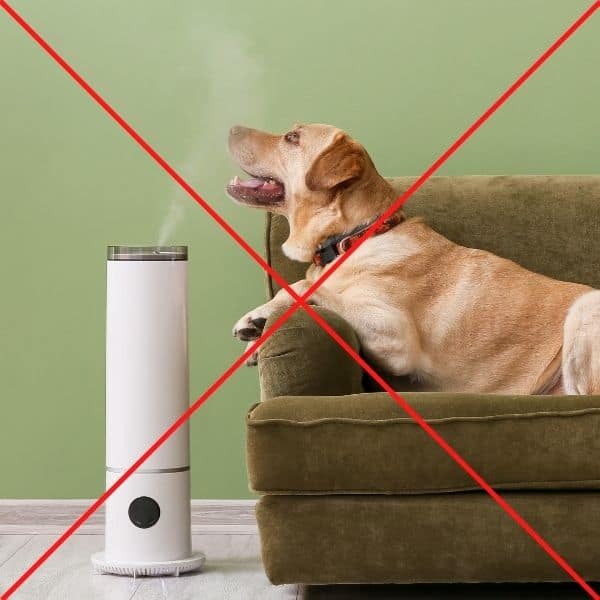
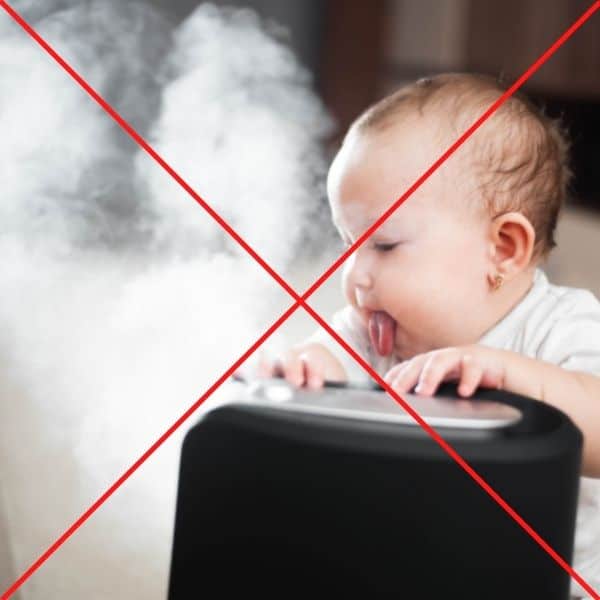
9 Portability
Will you need to move your humidifier around from room to room, or will it mostly remain in one place?
Some smaller humidifiers have been designed specifically for portability, they are compact, lightweight, and easy to pack into your luggage.
Be mindful that these smaller appliances will have limited run times due to their size.
Some have their own integrated water tank, others can be put into any container of water. There are also models that use plastic water bottles as a portable tank, although unless you take your own bottle it can sometimes be a challenge to find bottles that will fit.
These humidifiers are ideal to take along on a business trip or family vacation. By taking your humidifier along with you, you can create your home atmosphere in a hotel room, a vacation apartment, or a B&B. Portable humidifiers are also ideal for mobile homes, caravans, camper vans, RVs, and your car.
For outdoor trips, ensure that your portable humidifier can be charged via battery or by plugging it into a USB power source. You may not have access to an electrical point.
In your home, you may want to move your humidifier from a day office to your bedroom for the night. Ensure the device is not too heavy to carry and won’t end up splashing water all over the floor. Some larger console devices that stand on the floor come with wheels, making it easier to move them around if necessary.
10 Humidity Settings
The recommended humidity level for a home is between 30% to 50%. A humidifier should offer variable settings to allow you to choose what is best for your environment.
Most humidifiers allow the user to select the humidity level they want. Some offer a dial that you turn from low to high. The range will vary from around 30% to 80%.
Some machines have an auto feature that adjusts the humidity via a humidistat to your preselected value, keeping it constant without your intervention.
Expensive models with Smart features will allow you to select humidity levels via a mobile app.
After running your new humidifier for a few days it is important to check that your humidity levels are what you expect. An inexpensive device called a hygrometer will give you an accurate reading for the room. You can then adjust your machine accordingly.
11 Humidistat
A humidistat is an in-built humidity regulator.
Some machines offer this feature; it usually increases the price of the humidifier and some are more reliable than others.
A humidistat is also sometimes called an onboard hygrometer.
A hygrometer monitors indoor humidity levels only. A humidistat regulates the humidity, changing the mist levels or turning off when the desired humidity level is reached, similar to your air conditioning thermostat.
The lack of reliability comes from the fact that the humidity sensor is on the humidifier itself, which would be the place in the room with the most humidity and therefore is not a good reflection of the humidity in the rest of the room.
A simple way to check the humidistat settings would be to compare the hygrometer and humidistat settings.
For example, If you want a humidity setting of 40%.
Your humidistat setting is 40%, but according to the hygrometer, the room is 20% humidity.
Turn the humidistat to 50% and measure again after a few hours to see if you now have 40%.
Set the humidistat at 50% to get the desired 40% humidity.
We would check for consistency for several days before relying on the humidistat alone.
12 Cleaning
Humidifiers use water and sometimes heat to function – a perfect environment for bacteria, mold, and fungus to breed. Humidifiers that are not cleaned regularly will dispense these microbes into the air that you breathe. This can be detrimental to health and cause humidifier sickness. You certainly don’t want this.
Dirty humidifiers
Humidifiers add moisture to the air by turning water into a breathable mist or vapor.
If the water in the humidifier tank is dirty, the mist or vapor you breathe will also be unclean and may transmit germs. It is vital to make sure the water in the tank is replaced regularly and, the tank is cleaned thoroughly. The use of distilled water can also assist in lessening mold or bacteria build-up.
Cleaning recommendations often include using white vinegar and rinsing and drying all parts.
Always clean a humidifier thoroughly as directed by the manufacturer.
Water should not sit in the humidifier for too long.
If there is a filter, clean or replace it as often as directed by the manufacturer.
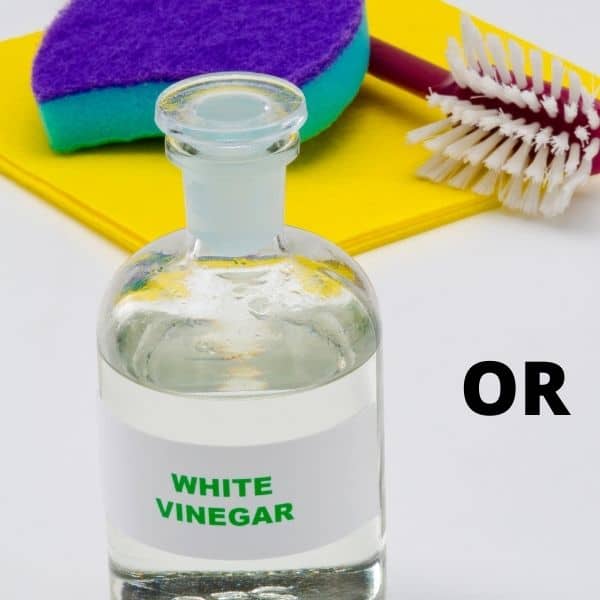
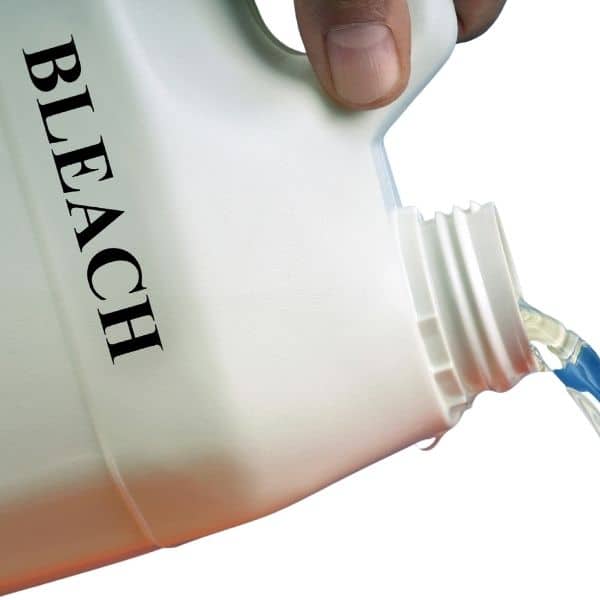
WARNING – never mix cleaning products, bleach should not be mixed with anything other than water. A toxic gas could be the result.
How easy is it to move the machine?
The cleaning process will require you to move the machine to a place where water is available. This could be a kitchen, bathroom, or outdoor area. Carrying a heavy machine could become difficult, especially for elderly people.
How easy is it to remove the tank?
The tank has to be removed, cleaned, rinsed, and refilled. All non-electric parts of the machine also need to be washed down and dried. Ensure that it is a simple process to dismantle the different parts of the humidifier and put them back together. Also, consider the size of the hole in the tank, will you be able to get your hand into it? You won’t want to struggle with this.
How often do you need to clean
Humidifiers should be thoroughly cleaned at least once a week unless specified otherwise by the manufacturer. The EPA recommends cleaning every third day, according to their article Use and Care of Home Humidifiers.
Being a humidifier parent does require some work on your part to keep your air safe.
Humidifiers with filters
These models have filters that need to be replaced from time to time. You will have to remember to check your machine to ensure that dirty filters are timeously removed and replaced. Some filters can be washed and reused others are disposable.
Plan a routine
Much like your usual housekeeping chores, it is beneficial to include your humidifier in your weekly routine. This will ensure that your machine always dispenses fresh, clean, healthy mist into your living environment.
What maintenance is required, and does this fit into your lifestyle?
Another point to consider is how often you’ll need to clean the unit. Some humidifiers require daily cleaning, while others can go weeks or even months without needing to be cleaned. Furthermore, some humidifiers can be tricky to fill and clean.
13 Noise level
A humidifier should add a calming ambiance to your home. You don’t want to be driven crazy by a machine that hums, buzzes, or whines while you relax, study, or try to sleep.
The noise level shown in decibels, also written as dB.
You can check sound levels using the NIOSH Sound Level Meter App
The humidifiers we researched had noise levels from 20 to 45 dB within the safe listening range.
Low cool mist <= 20dB
High warm mist <= 40dB
The manufacturer’s specifications should indicate the noise level of the humidifier.
In some comparisons, soft whispering is around 30dB, and a normal conversation is about 60 dB.
Ultrasonic humidifiers are the quietest as they use high-frequency vibrations in place of moving fans.
Reminder – if you have children or infants in your home, keep the humidifier at least 30cm away from their ears with a low setting to protect their hearing.
14 Smart Features
Some humidifiers offer a range of SMART features to make your life easier.
Let’s look at some of them:
Auto shut-off
A vital safety feature, the machine will turn itself off when the water level is low or when the tank is empty, preventing the humidifier from burning out and possibly causing damage.
Humidity control
A humidistat automatically monitors the humidity level via an inbuilt sensor on the humidifier.
UV light to sanitize the water
One concern with humidifiers is the formation of mold and bacteria. Some higher-priced devices have built-in UV lights that simulate sunlight to kill bacteria and mold and sanitize your tank, which can reduce the amount of cleaning you need to do and also give you peace of mind knowing that you are breathing clean air.
Warm and cool mist Combo
Humidifiers are usually cool mist or warm mist devices. Some fancier devices have built-in SMART features that allow them to switch between cold and warm mist options.
Connectivity to apps
Controlling your humidifier via your smartphone or mobile device will be a plus for tech-savvy people. Smart devices on the market can connect to Google Assistant, Google Home, Alexa, or a proprietary app. With this functionality, you can turn the machine on or off and adjust settings without touching the device.
These apps also notify you if the machine runs out of water.
Note – Check if the humidifier can operate manually, if, for some reason, you are not able to access the app.
Voice commands
If you want to take things to the next level, look for a humidifier that can respond to voice instructions via connectivity to 3rd party voice assistants.
This gives you hands-free control when you are busy with a baby or cooking up a storm in the kitchen. Have you climbed into bed and forgotten to set up your device? No problem – talk to it and select all the settings you need!
Customizable LEDs
Having a night light in a room is great for small children. Some humidifiers have customizable LED settings that enable you to use your machine as a night light while it humidifies the room.
Red or warm-colored light is the best for sleep; blue is the harshest.
The best option for a good night’s rest is to turn off the LED lighting. Some LEDs cannot be turned off, therefore we suggest you check the operating instructions if this is important to you.
15 Extras/Consumable Items
When buying a humidifier, you need to check whether it requires consumables; since this will be an ongoing cost to run the machine.
The most common consumables are:
Distilled Water
Most manufacturers recommend using only filtered, distilled, purified, clean water.
Depending on the quality of your tap water, higher levels of minerals from unfiltered hard tap water can build up in the machine. The build-up of these minerals may reduce the life of the humidifier.
In addition, the humidifier can also disperse the minerals from the hard water into the air, frequently referred to as white dust. These minerals are not harmful to us in the water, but a person or animal with allergies may inhale the minerals from the air or the dust that settles around the room when they dry.
Here are a couple of ways to check/test if you have hard water at home.
Regularly scrubbing soap scum from your shower = hard water
Detergents do not hold foam for very long = hard water
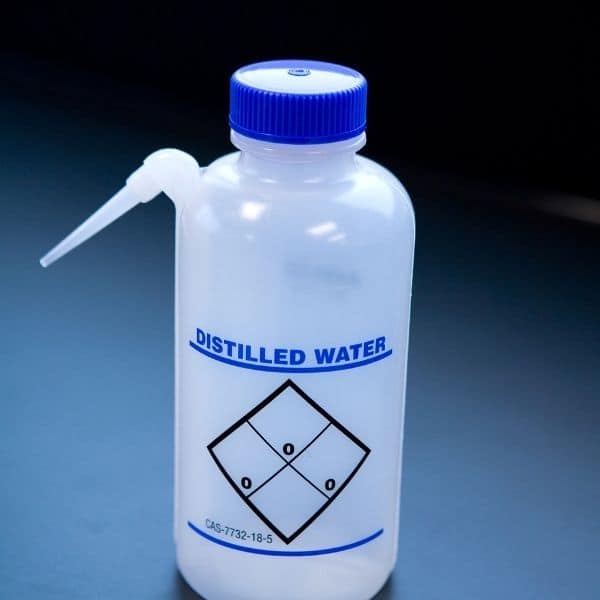
Filters
Some humidifiers need filters to help remove minerals and other impurities before the water is sent back into the air.
There is no specific overall filter replacement schedule since each appliance is slightly different. Refer to the manufacturer’s manual to find out their recommendations.
Wick filters in the evaporative models would need replacing approximately every 4-8 weeks to keep the humidifier working efficiently.
Cotton bar filters, used in some ultrasonic humidifiers, should be replaced approximately monthly.
Many factors affect the life of the wick, including the amount of use and water hardness.
Filter replacement is required when the filter becomes hard and is no longer absorbing water properly.
Some filters can be washed as part of the regular cleaning routine to prolong their life.
Note – We recommend when you purchase your humidifier, to get some replacement filters so you can have continued use of your humidifier. During the COVID pandemic, there were instances of some filters not being available.
As a workaround, you may be able to repurpose a larger filter and cut it to the size you need.
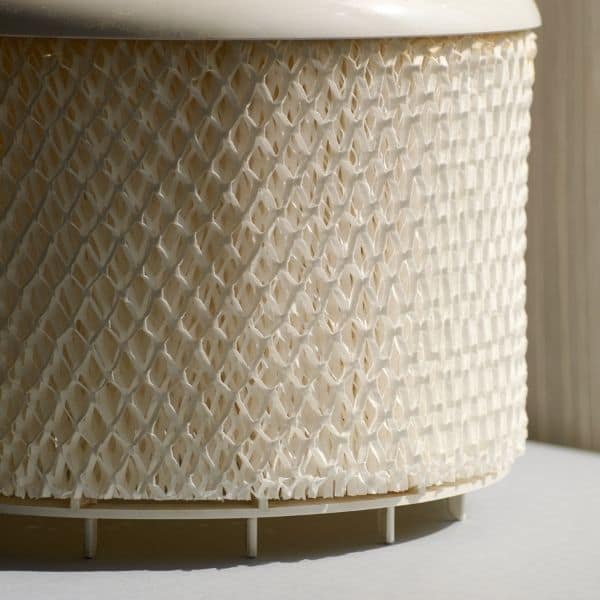
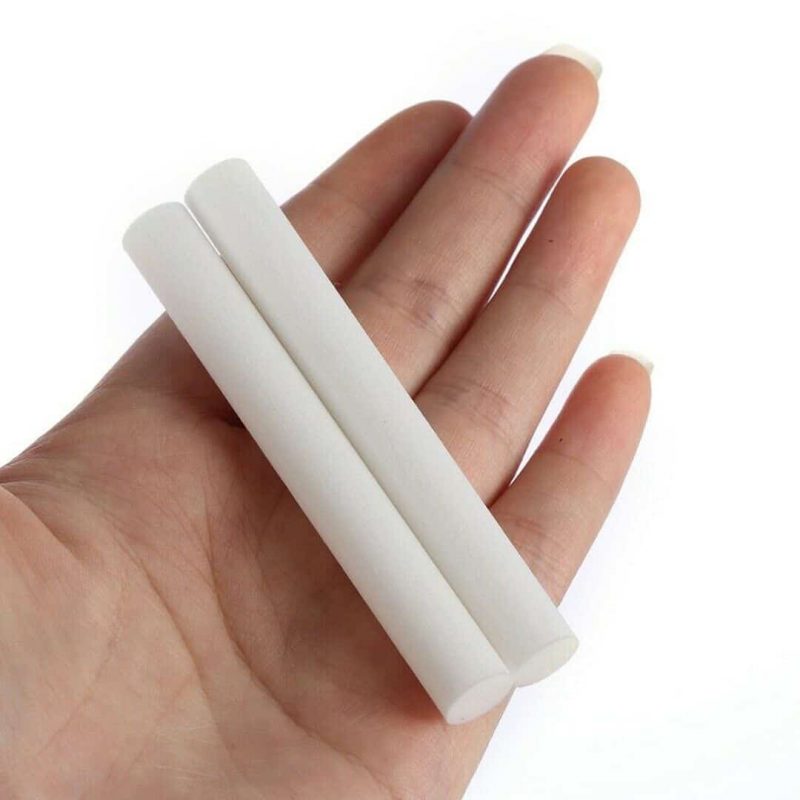
Demineralization cartridges
Check whether the model uses a demineralization cartridge. The cartridge helps reduce the build-up of calcium, lime, and magnesium in your tank. Demineralization cartridges need regular replacement.
Our article Do you need Humidifier Accessories explains some additional optional accessories available for your humidifier.
Aromatherapy drawer
Do not expect this to work as a diffuser does. Because it is a drawer sitting near the warm motor of the humidifier that heats the oil, the fragrance will be very faint.
Note – Some essential oils are toxic to animals and may be too overpowering for small children. Please check before use.
16 Warranty
Always look for a humidifier with a warranty period. A good indication that the manufacturer is prepared to stand by its product.
Warranty information can be on the packaging, in the manufacturer manual, or on their website. Check the warranty period on the advertisement matches what the manufacturer has.
Buying a machine with no warrant period gives you no guarantee that the manufacturer will replace or repair it free of charge should something go wrong.
A more expensive appliance usually has an extended warranty period.
They can range from 1 year to 5 years.
Some warranties only cover certain parts of the device, while others are more comprehensive. Ensure that you only buy your product from an authorized dealer, or else your warranty may not be honored. Some will give you a money-back guarantee. Others will cover repairs or new parts.
Warranties can be tricky. Companies are quick to negate your warranty if you have:
- Had repairs done by unauthorized businesses or service provider
- Rented out your machine
- Opened or tampered with the motor components
- You have not used the product as directed
- You have removed the serial or model number
- Your proof of purchase has been amended, removed, or tampered with
- Damage from lightning, fire, or dishwashers (if not explicitly stated that it is dishwasher safe)
So, the best thing to do is use your machine as directed, and your warranty will remain in place!
Manufacturer Website/support
Checking the manufacturer’s website gives you an idea of how professional a company is. Many companies extensively lay out their terms of service, warranties, and repairs. Some have Live Chat facilities where you can get online help. If not, look for email addresses, phone numbers, or online forms that you can use to contact them.
You do not want to find that you have a problem and no one is there to support you.
Reading reviews that other customers have written can give you a good idea of the levels of support (or not!) that you could expect.
When buying through Amazon, look for the free Amazon Product Support Policy. This will give you help to set up and get your machine running, or answer any queries you may have if the appliance is not working as expected. Depending on the product, this phone service is valid for up to 90 days from the date of purchase.
Also, note whether the product is eligible for return, replacement, or refund within a given time period. (Money-back guarantee)
Summary – Humidifier Buyers Guide
If you’re looking for a way to make your home more comfortable; and a far healthier environment, it is worthwhile to consider adding a humidifier.
Not only will you be able to breathe easier, but your plants, furniture, and skin will also thank you, too!
Take the time to find the right one.
Check the current humidity levels in your home with a hygrometer.
Measure your space.
Choose the right humidifier for the size of your room and consider the features you require carefully.
Set yourself a cleaning routine.
Enjoy the benefits!
If you have doubts about whether a humidifier is for you, please discuss your situation with a professional.
Information: The Everything Humidifier team has experienced or researched each product we recommend on this website. We aim to keep up with innovative new products and continuously improve our information. Note – the suggestions we provide are our opinions not specific recommendations for your circumstances.
Medical Disclaimer: The effects of humidity vary from person to person, if you have a medical condition that may be affected by increased humidity, it’s a good idea to talk to your doctor before purchasing a humidifier. We are not medical professionals. Any information relating to medical symptoms is of a general nature only.




